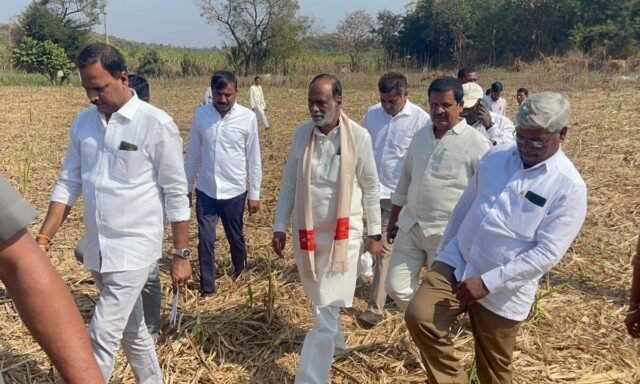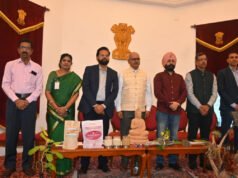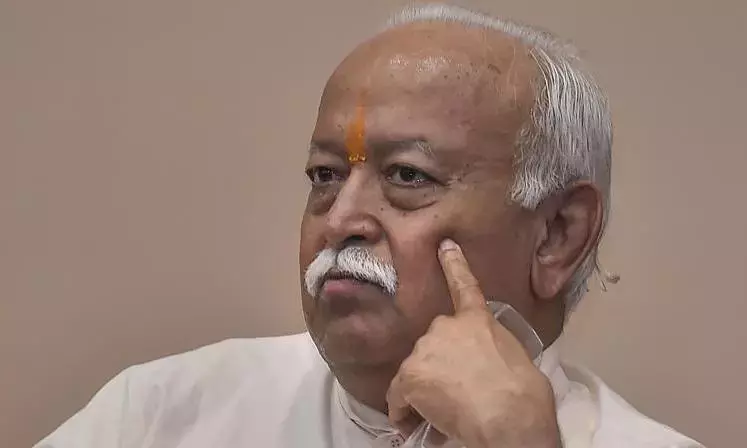Hyderabad: A delegation of irrigation experts and MPs comprising BJP MP and party’s Parliamentary Board Member Dr K Laxman, Chevella MP Konda Vishweshwar Reddy, eminent environmentalist Prof K Purushotham Reddy, public policy expert Dr D Narasimha Reddy, Director Research of Samskruthi Foundation Dr M Amaranadha Reddy, top expert on Four Waters concept with WAPCOS, Mohd Afsar and others visited Gottigaripalli village near Zaheerabad on Wednesday.
Marri Shashidhar Reddy, Secretary of Dr M Channa Reddy Memorial Trust, said that the organisation has been creating public awareness and advocacy about Hanumanth Rao’s Technology for Watershed Development. As a part of this, “We are happy that senior BJP leader and member of its Parliamentary Board, the highest decision-making body, Dr K Laxman, have visited Gottigaripalli village by accepting our invitation.”
Earlier, Dr Laxman took a keen interest in these efforts and has already spoken about the astonishing benefits of implementation of Hanumanth Rao’s concept in this village during Zero Hour in Rajya Sabha, recently.
Further, eminent irrigation expert and late T Hanumanth Rao’s Four Waters concept for Watershed Development is “a low-cost option for water security that takes care of Irrigation and Drinking Water needs. It was implemented initially in some villages in Telangana at Rs 5,000 per acre in 2001-2002. It has been providing water for three crops in a year,” he added.
This low-cost option has been ignored in favour of major irrigation projects for Rs 7-8 lakh per acre, he said.
Gottigaripalli village in Kohir Mandal, Zaheerabad (old Medak) district, is one such village which got
media attention. What was ignored in Telangana was implemented extensively in Rajasthan by the BJP government between 2014-2018. It has brought about a
total transformation in the water sector.
Since water became available in the entire watershed, the landless poor and weaker sections that owned or were allotted land, “were able to grow three crops
resulting in their upliftment, achieving social justice in the real sense.”






